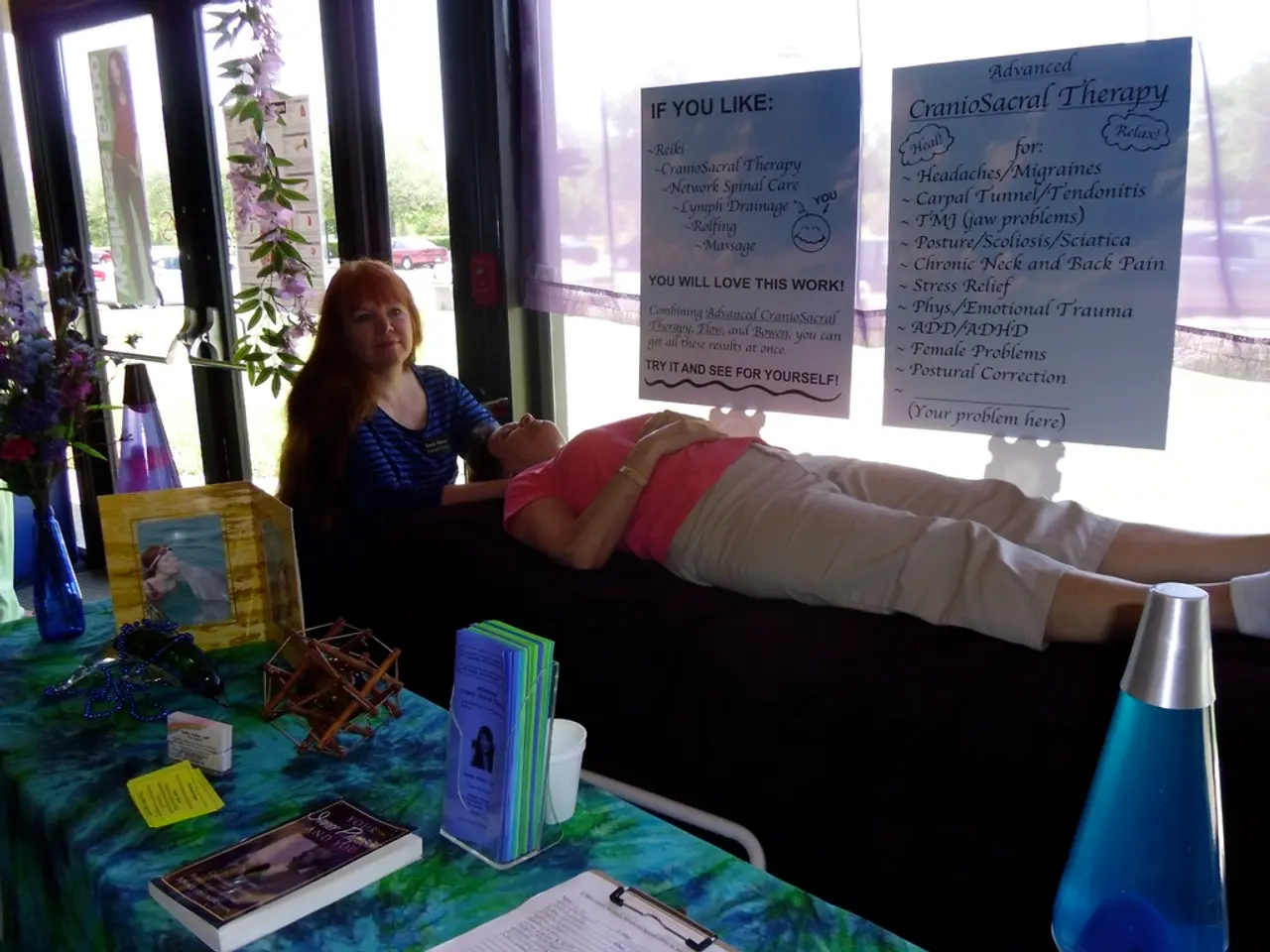Overcoming Inner Criticism: Practical Mental Distortion Techniques
========================================================
Cognitive distortions, irrational thoughts that can lead to misery, anxiety, and negative self-perceptions, are a common contributor to psychological problems such as anxiety, depression, and self-harm. Recognizing and challenging these distortions is crucial for maintaining mental wellbeing, and exercises can be adapted for different age groups to help individuals of all ages overcome negative thinking patterns.
For children and adolescents, cognitive distortion exercises are often integrated into game-based social-emotional learning programs, such as the Brain Agents program for grades 5-9, which focuses on emotional regulation and coping strategies through interactive methods. Younger children benefit from simplified and shorter mindfulness and cognitive behavioral techniques, while adolescents engage in more structured cognitive-behavioral therapy strategies aimed at identifying and restructuring distorted thoughts.
In older adults, cognitive distortion exercises may integrate mindfulness-based cognitive therapy elements with adaptations to accommodate cognitive changes, focusing on sustained attention and emotional regulation with simplified, reflective practices. The approach is also influenced by the need to suit individuals' capacity for insight and to maintain engagement over time, incorporating long-term skill-building and emotional validation.
One effective exercise for challenging cognitive distortions is the ABCs exercise, which involves assessing the situation, believing it or not, and checking the facts to ground thinking in reality. To effectively challenge cognitive distortions, it's important to be patient with oneself, practice exercises consistently, and consider seeking professional help or joining a support group if needed.
Another useful tool is a thought diary, which helps pinpoint patterns in thinking by jotting down thoughts and feelings, noting situations triggering emotional responses. The "What If?" exercise encourages a mindset shift by considering different outcomes and possibilities, reducing the impact of all-or-nothing thinking and catastrophic predictions.
The RAIN technique involves recognizing the distortion, accepting it, investigating it, and negating it to counteract the distortion with more balanced thinking. Reframing the situation can help break negative thought patterns by challenging oneself to look at a situation from different angles and consider alternative explanations and perspectives.
When a negative thought arises, questioning its validity can help distinguish between facts and assumptions. Discussing thoughts with others can provide valuable insights and alternative perspectives, facilitating a more balanced understanding of situations.
It's important to bear in mind that consistent effort will contribute to lasting improvements. Positive change is a gradual process that requires persistence and dedication. To accommodate for a decline in fluid intelligence, recording important information and conclusions from cognitive restructuring, as well as phone prompts or alarms, can be used to remind patients to carry out therapeutic measures.
In conclusion, cognitive distortions can have a significant impact on mental health, but with the right exercises and a dedicated approach, they can be identified, challenged, and overcome. Whether you're a child, an adolescent, or an older adult, there are exercises and strategies tailored to your needs that can help you maintain a positive and balanced mindset.
- Recognizing and challenging cognitive distortions is vital for achieving mental well-being, especially in the context of anxiety, depression, and self-harm.
- The ABCs exercise, which involves assessing situations, believing or not, and checking facts, is effective for grounding thinking in reality.
- A thought diary helps identify patterns in thinking by recording thoughts and feelings alongside triggering situations.
- The "What If?" exercise encourages a mindset shift by considering various outcomes and alternatives, reducing all-or-nothing thinking and catastrophic predictions.
- Mindfulness-based cognitive therapy can be integrated into exercises for older adults, focusing on sustained attention, emotional regulation, and long-term skill-building.
- The RAIN technique involves recognizing distortions, accepting them, investigating them, and negating them to counteract negative thinking with more balanced perspectives.
- Reframing situations, by challenging oneself to look at them from different angles, can help break negative thought patterns and promote more balanced thinking.




